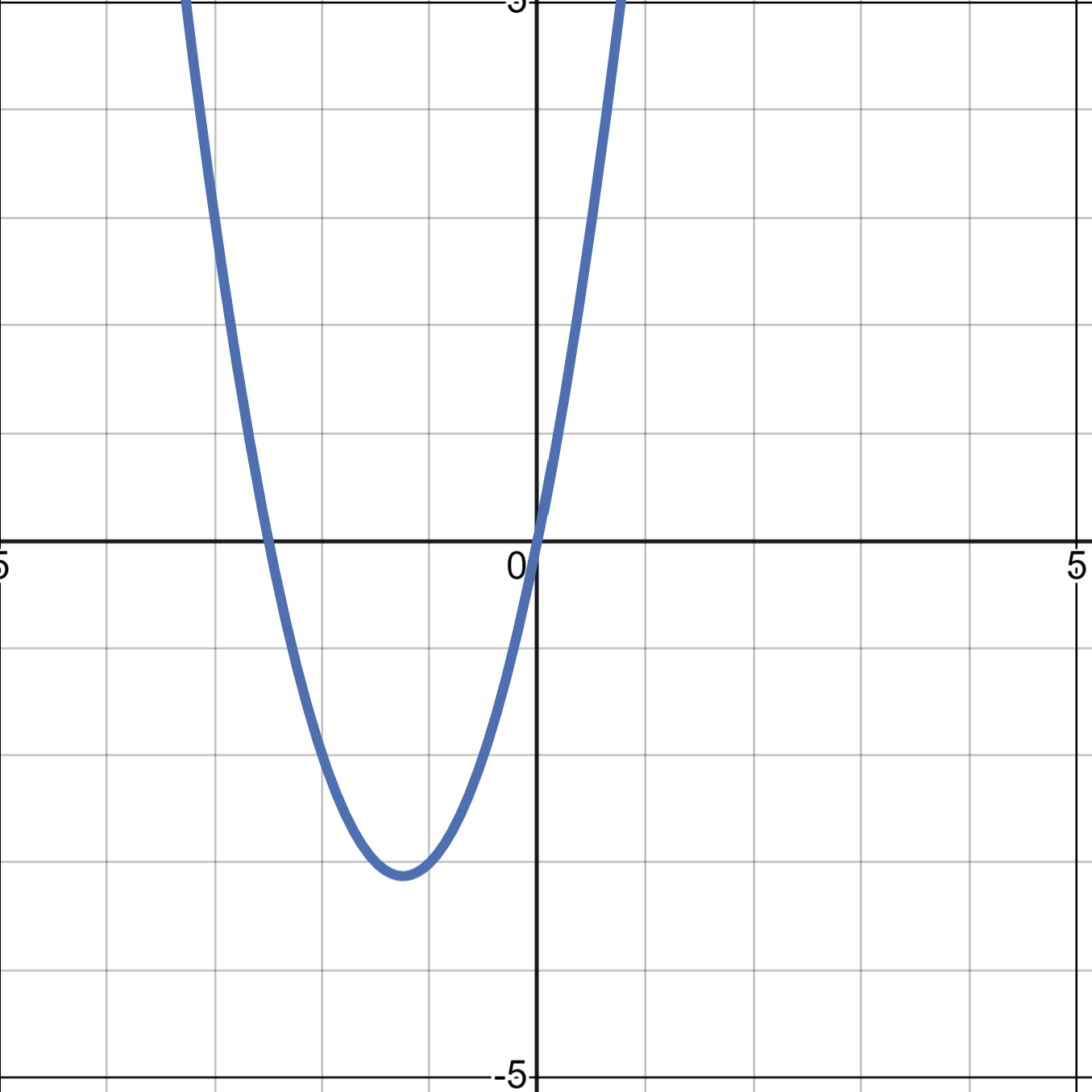Exploring quadratics - an overview
Quadratics are an interesting topic. They are required content in all math classes, for good reason, but I have always thought that there is more to them than meets the eye, so to speak.

Just look at it. It is so wonderful to view and behold. But the simplicity hides some really interesting features. One reason it is so interesting, is that it is one of the few functions that has all three forms for every function: an intercept form, a standard form, and translation form. Not every cubic function can have all three forms. See! Already some interesting features. With that in mind, onward!
In this post, I will give an overview of several different connections I have found over the last few years, and then dive into each one of them in a separate post. There are so many interesting things to explore. Below, I will list some interesting “discoveries” and connections. I put “discoveries” in quotes for a reason. These are all personal discoveries, not discoveries that had not been discovered before by much smarter people than I. This is just my path to rediscovering some really interesting things.
First, an introduction to quadratics. We often, as teachers, say that it is the squared term, but really, it is the fact that we multiplied two lines together that makes the squared term! See, THIS is why we need to really understand lines well. If we understand lines, then we build quadratics and parabolas out of lines! There is also a difference among the terms ‘zeros,’ ‘roots,’ ‘solutions,’ and ‘intercepts.’ I dive into those too in this post.
I recreate a post from 20212 where I uncovered that the imaginary roots of quadratics “are” the real roots of the same quadratic that was flipped over its own vertex. I put “are” in quotes, because it really requires rotating a circle into the imaginary plane from the real plane. There is my own proof of the idea in this post, but of course, there are other, easier proofs. I made it too complex.
Next, I follow up on a post written in 2007 by Pat Bellew. He writes about 18 different ways of analytically solving for the roots of quadratics. I didn’t see this in 2007, but instead read the 2024 version of this post. Amazing! A very interesting dive into the topic. I am expanding on a couple of things in this post and adding 2 more methods. One of the things I add to Pat’s amazing post, is a different way of teaching the quadratic formula. I worked with some international mathematics teachers who were here on the Fulbright Teaching Excellence program. They introduced me to a different (and I think better) way to teach and understand the formula. There are also two different methods introduced at the end.
Pat also did more with this topic. Also in 2024, He connected the idea of Pythagorean Triples with quadratics. I extend his idea here and generalize it for any Pythagorean Triple (including those found from Fibonacci numbers.) Did you know that every Pythagorean Triple is found as an integer point on a parabola? It’s true, and I prove it.
And there is more to consider. In the Alg curriculum, we dive into the translations of functions, and show that all of these translations are the same. Well, we should approach it that way. I know not all teachers do, but they miss out on making some fabulous connections if they don’t do them all together. These translations are connected to the first post.
Lastly, what if we vary the ‘b’ value of a quadratic in standard form? We know, and teach, what happens when the ‘a’ is varied, and what happens when the ‘c’ is varied. But what happens when the ‘b’ value is varied? Something interesting and exciting! I will not spoil it here, but I found it really interesting.